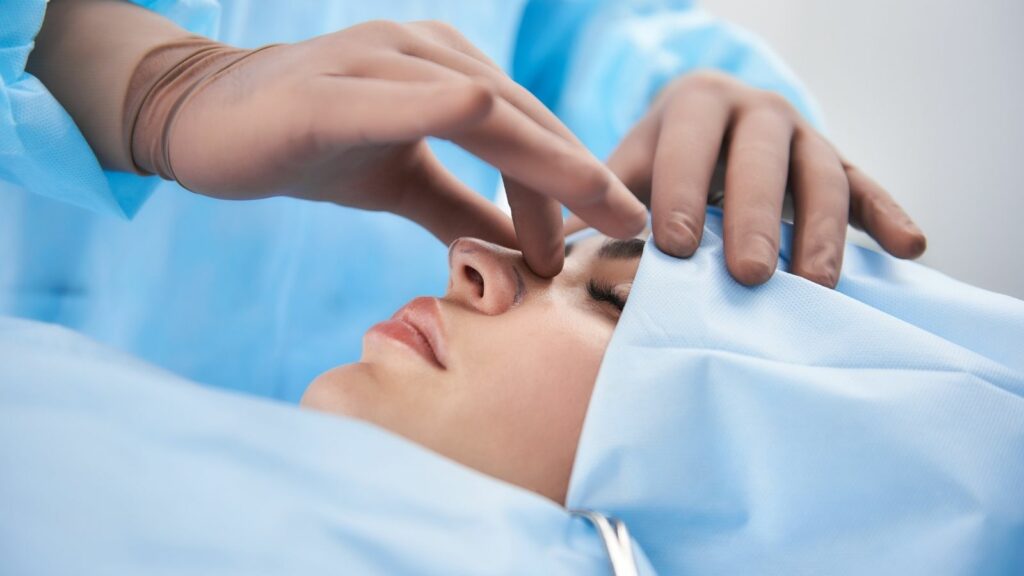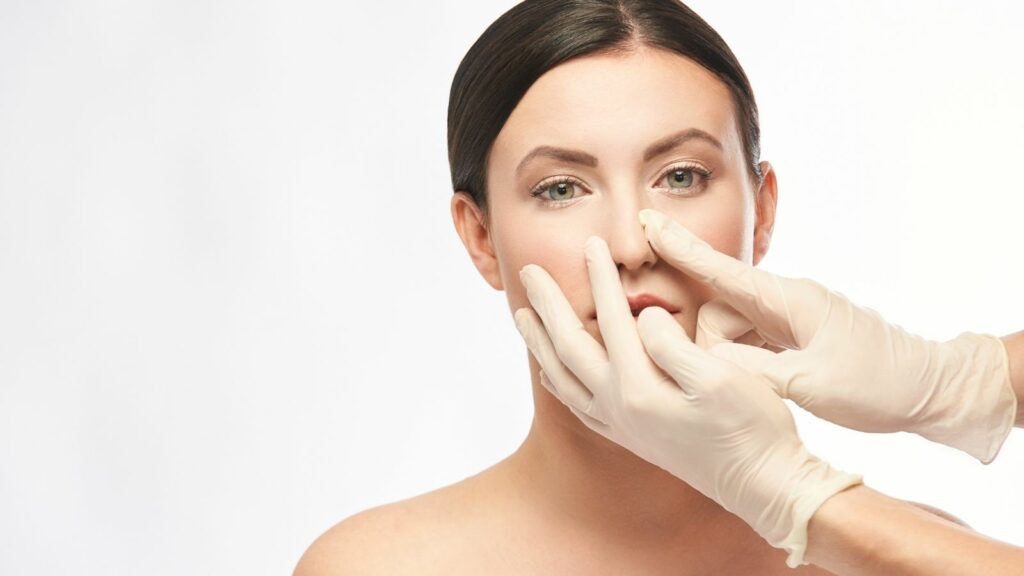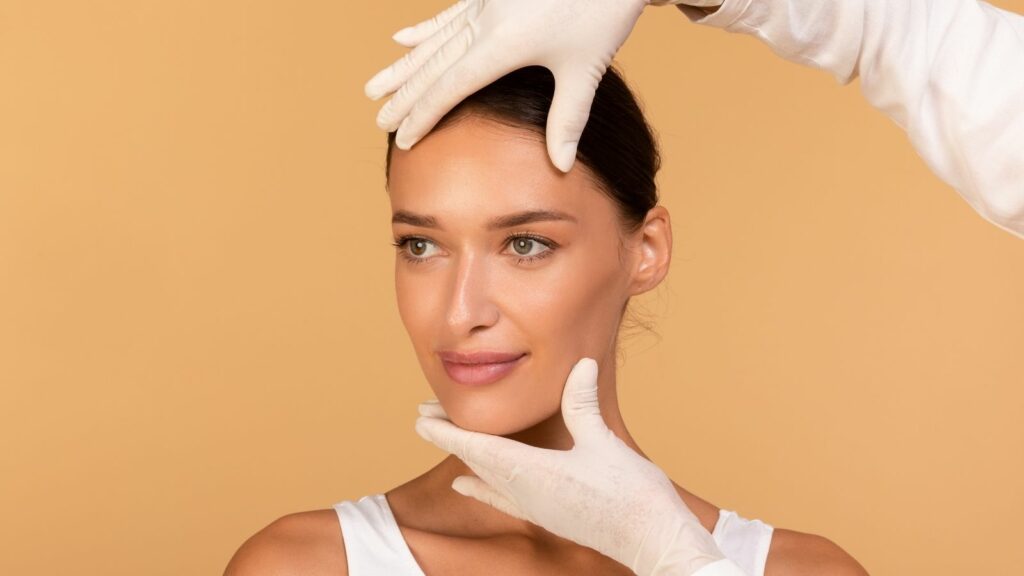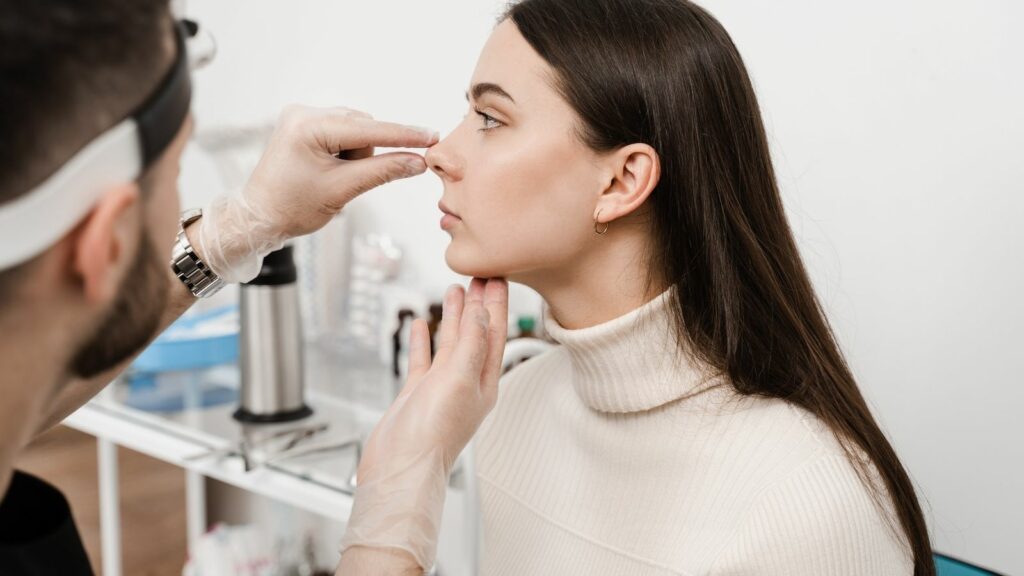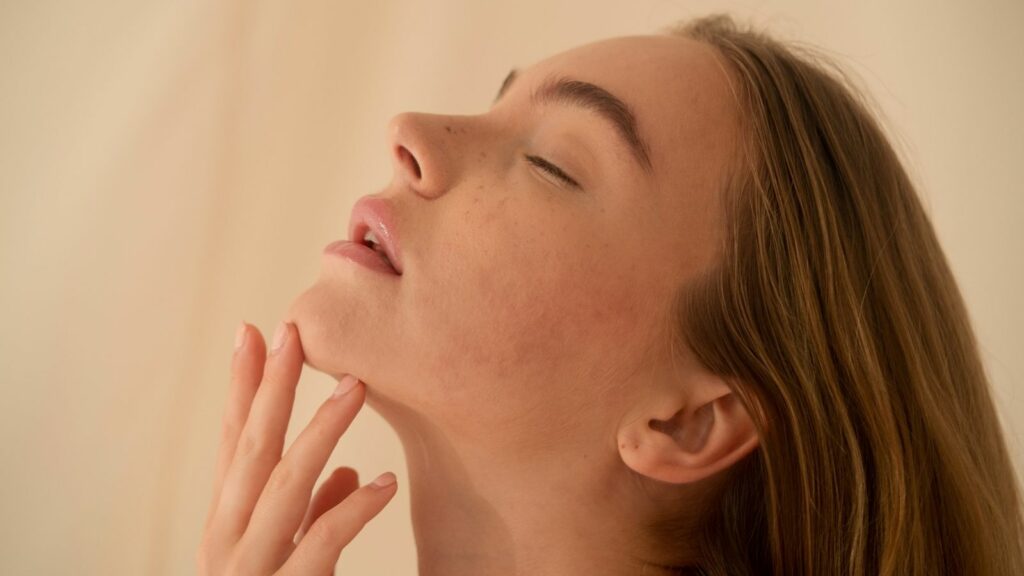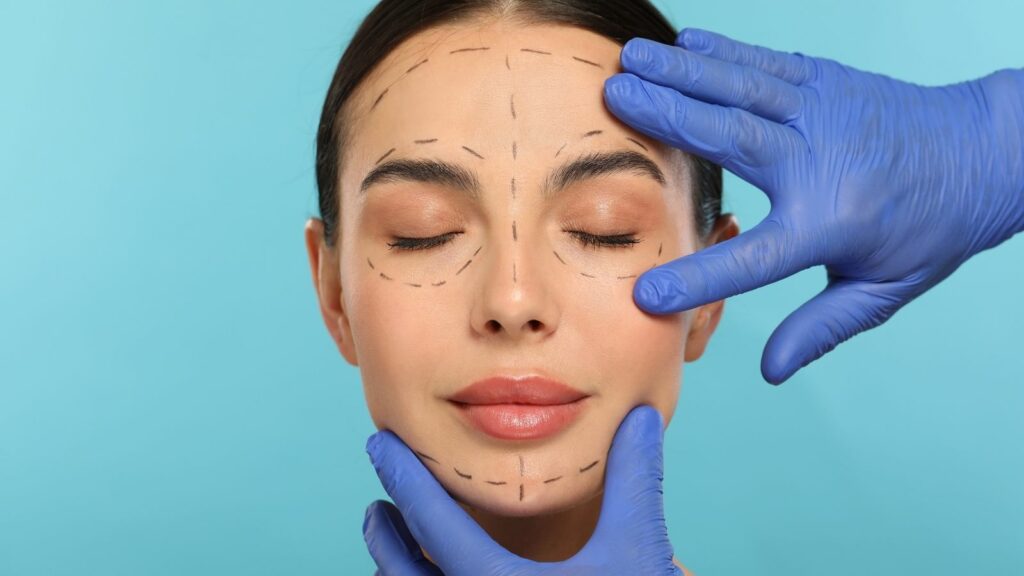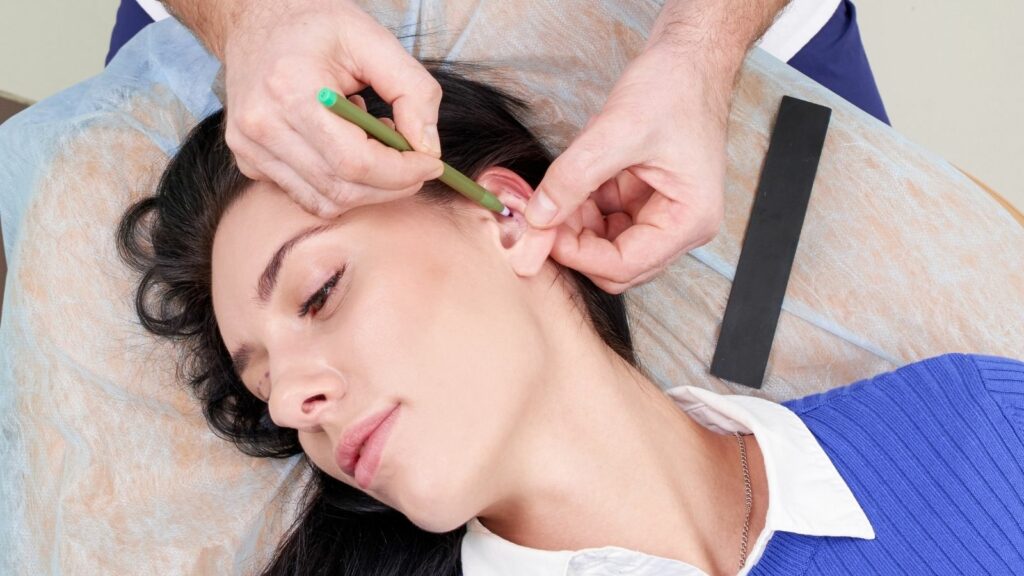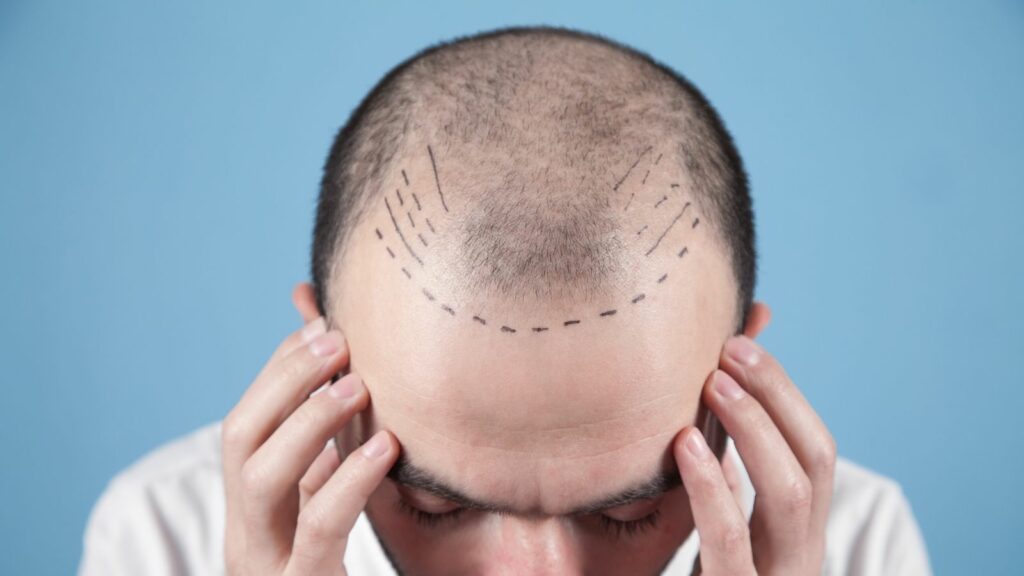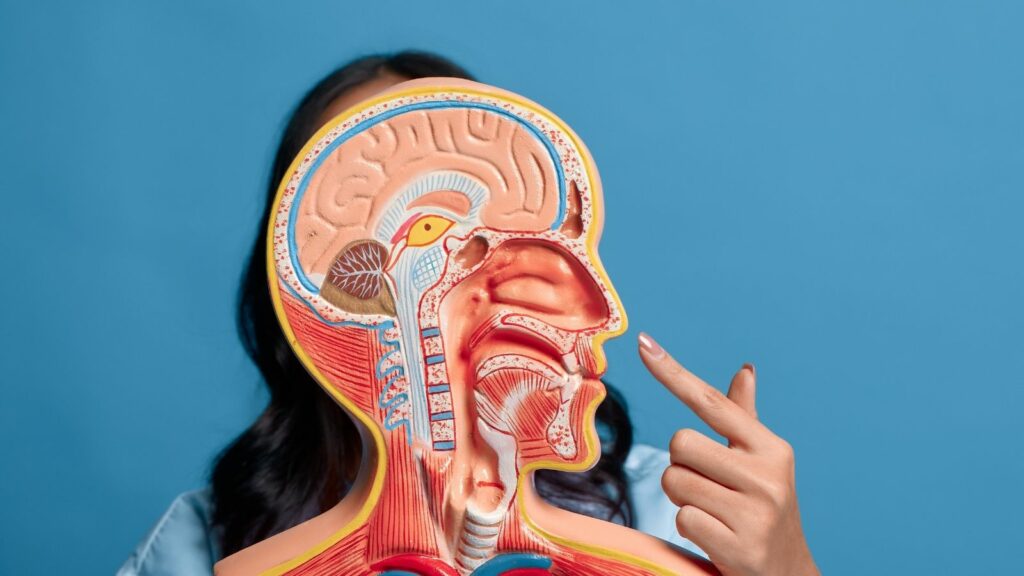Nose job reviews are important for understanding the results of the operation and the level of satisfaction. Most patients are pleased with the improvement in breathing functions and aesthetic appearance, while some may have different experiences due to the long recovery period.
Positive comments about rhinoplasty generally highlight natural results, facial harmony, and increased self-confidence. Patients state that with the experience of specialist surgeons and the use of modern techniques, successful results can be achieved in a shorter period of time.
Complaints, on the other hand, include swelling, bruising, or not achieving the expected aesthetic outcome. Most of these negative experiences stem from unclear expectations before the operation or insufficient research when choosing a surgeon.
People considering rhinoplasty are advised to take reviews and complaints into account. Examining real patient experiences helps shape realistic expectations before surgery and provides a reliable roadmap for choosing the right surgeon.
What Do Pre-Surgery Reviews Generally Focus On and How Do They Affect Rhinoplasty Success?
The first and most critical step in a successful rhinoplasty journey is the initial consultation between the patient and the surgeon. You may have noticed that many of the most positive reviews online begin with sentences such as “my doctor really listened to me,” “he understood all my concerns,” or “he honestly explained what I should expect from the surgery.” This is no coincidence. Postoperative satisfaction is closely tied to the foundations laid during that very first consultation.
Understanding what the patient wants involves much more than simply saying “take off my hump, lift the tip.” It requires grasping what the patient sees when looking at their face, what bothers them in the mirror, and what kind of change they imagine both emotionally and aesthetically. The surgeon’s role is to listen to this vision and then filter it through science and art, transparently explaining what is possible and what is not. Technological tools such as 3D simulations go beyond words at this stage, creating a shared visual language. The moment the patient says “that’s exactly it!” is when expectations meet reality and trust is reinforced.
There is also the other side of the coin: function. A significant number of patients come with functional complaints such as breathing difficulties in addition to aesthetic concerns. However, it should not be forgotten that even a patient who undergoes surgery only to improve breathing may feel unhappy if they are dissatisfied with the appearance of their nose afterward. Conversely, a nose that looks aesthetically beautiful but causes breathing problems becomes the source of major complaints. That is why every rhinoplasty operation must be approached as both an aesthetic and functional whole. A successful surgeon does not separate these two elements; they preserve or even improve function while achieving aesthetic goals.
Why Do Reviews About Different Rhinoplasty Techniques Vary So Much?
When reading patient reviews, you may encounter many different expressions such as “open technique or closed?”, “is preservation surgery better?”, “those who had piezo didn’t bruise at all.” Each of these techniques addresses different anatomical needs and affects the patient experience in different ways. There is no such thing as the “best” technique; there is only “the right” technique for your nose.
Open vs. Closed Technique Debate
This is the most fundamental distinction in rhinoplasty. In the closed technique, all incisions are made inside the nostrils, while in the open technique, a small incision is added to the columella (the tissue that separates the nostrils). Patient comments on these two techniques generally revolve around the following advantages and disadvantages.
Positive points highlighted by patients who preferred the closed technique:
- No visible scar
- Usually less swelling and bruising
- Faster return to social life
In contrast, reviews from patients who were satisfied with the open technique often include the following:
- Excellent results even in very difficult and crooked noses
- The confidence of knowing the surgeon can fully see the nasal framework
- Success in detailed procedures, especially on the nasal tip
The decision may lean toward the closed technique in cases such as a simple hump removal, while in serious deviations, asymmetry, or revision noses (previously operated), the surgical visibility and control provided by the open technique become indispensable for a successful outcome.
Preservation and Ultrasonic (Piezo) Rhinoplasty
One of the biggest satisfactions reflected in patient reviews in recent years has been the comfortable recovery processes brought by modern technologies.
Preservation rhinoplasty, as the name suggests, is based on the philosophy of reshaping the nose by “preserving” natural structures rather than “breaking and reconstructing” them. This approach particularly aims to eliminate complaints such as “my nose looks too artificial.” The most frequent positive review regarding this technique is that the result looks extremely natural and the patient’s own anatomical lines are preserved.
Ultrasonic (Piezo) rhinoplasty, on the other hand, is a technological revolution. It eliminates the trauma caused by traditional hammer and chisel tools. This device, which works with sound waves, reshapes only the bone with millimetric precision, without damaging surrounding soft tissues such as vessels, nerves, and mucosa. The reflections in patient reviews are very clear: “I hardly bruised at all,” “I had much less swelling than expected,” “I almost had no pain.” This comfortable and fast recovery process greatly improves the patient’s postoperative psychology and significantly increases overall satisfaction.
Which Areas Do Complaints After Rhinoplasty Mostly Focus On?
Postoperative complaints usually cluster around certain anatomical regions. Knowing these issues beforehand is critical both for keeping expectations realistic and for understanding the importance of finding a surgeon experienced in these areas.
Nasal Tip: The Leading Role in Complaints
The nasal tip is the most complex, labor-intensive, and therefore the most complained-about area in aesthetics. The most common nasal tip problems patients mention include:
- Wide, flat, or undefined tip (bulbous nose)
- Overly thinned, sharp, and artificial-looking tip (like pinched with a clip)
- Tip deviation to the right or left, asymmetry
- Drooping tip that sags over time
- Over-rotated tip that shows too much nostril
- Fullness above the nasal tip (parrot beak or “pollybeak” deformity)
Nasal Dorsum and Middle Third: Contour and Shadow Issues
- Complaints about the nasal dorsum are also common and usually manifest as contour irregularities.
- Insufficient removal of a pre-existing hump
- Excessive reduction of the dorsum, creating an unnatural “ski slope” look
- Palpable or visible bumps and irregularities on the dorsum
- Inverted V-shaped shadow in the middle third of the nose, especially under light
- Nose still looking wide from the front despite hump removal
Many of these complaints can be prevented with modern structural rhinoplasty techniques, proper planning, and surgical experience.
Why Is the “I Can’t Breathe” Complaint After Rhinoplasty So Common?
On a journey that begins with aesthetic concerns, perhaps the greatest disappointment is the emergence of breathing difficulties after surgery. The sentence “It looks great, but I can’t breathe” is one of the saddest and unfortunately most common complaints after rhinoplasty. The main reason for this is that some overly aggressive reduction techniques used in the past corrected the external appearance but weakened the critical cartilage structures that support the airway inside.
The nose is not just an external structure you see, but also a respiratory organ with complex engineering. Excessively lowering the nasal dorsum or removing too much of the nasal tip cartilages can cause the collapse of narrow passages called the “nasal valve,” where airflow is regulated. This leads to a constant feeling of nasal congestion.
The modern philosophy of rhinoplasty completely rejects this situation. The goal is no longer just “reducing” but “restructuring.” This means that while aesthetic changes are made, the internal support systems of the nose are preserved and, if weak, strengthened. Preservation techniques and structural grafting (supporting with the patient’s own cartilage) ensure that function is maintained or even improved. A good rhinoplasty review should not only say “my nose looks beautiful” but also “I can breathe much better now.” True success can only be spoken of when these two come together.
Why Are Reviews from Revision Rhinoplasty Patients Different?
Reviews from patients who undergo “revision” — a second, third (or more) rhinoplasty — show distinct differences compared to those having surgery for the first time. A first-time patient usually expresses general concerns such as “I don’t like the hump” or “my nose is too big,” while a revision patient’s complaints are much more specific and technical. Their reviews may include statements such as “the asymmetry on the tip wasn’t corrected,” “there is collapse on the left side,” or “a pollybeak deformity developed.”
- The need for revision generally arises from two main reasons.
- The initial problem was not corrected in the first surgery
- The first surgery created a new aesthetic or functional problem that did not exist before
These patients naturally begin the process with disappointment and prior experience from the first surgery. They are more informed, more selective, and much clearer about what they want. However, revision surgery is technically much more challenging and less predictable due to distorted anatomy, the presence of scar tissue, and the reduced availability of cartilage. For this reason, managing expectations with a revision patient is a much more delicate and important process compared to the first surgery. This is the greatest proof of why the first surgery must be performed with such care, by the right surgeon, using the right technique.
What Do Patients Say About the Recovery Process After Rhinoplasty?
The surgery itself takes a few hours, but the real journey of rhinoplasty is the recovery process, which can last a year or more. A significant portion of patient reviews also focus on this long and sometimes challenging period.
One of the issues that surprises and sometimes worries patients the most is how long it takes for the nose to take its final shape. Comments such as “it has been 3 months since surgery but the tip is still swollen” or “it still doesn’t look the way I want at 6 months” are quite common. Especially swelling in the nasal tip takes time to fully subside and for the skin to adapt to the new framework. Patience is the key word in this process.
During recovery, there are some temporary conditions that patients often ask about in forums or mention in their comments, which are actually completely normal:
- Months-long numbness at the nasal tip
- Small, hard healing tissues on the nasal dorsum or sides
- Morning swelling and congestion inside the nose
- Upper lip not moving as freely as before when smiling
- Difficulty using glasses
Patients who are thoroughly informed about these temporary conditions before surgery experience the recovery process much more calmly and positively. Positive comments often include statements such as “my doctor told me these were normal, so I didn’t panic.” During this period, communication with the surgeon and regular check-ups ensure that the patient feels safe and prevent unnecessary worries.

